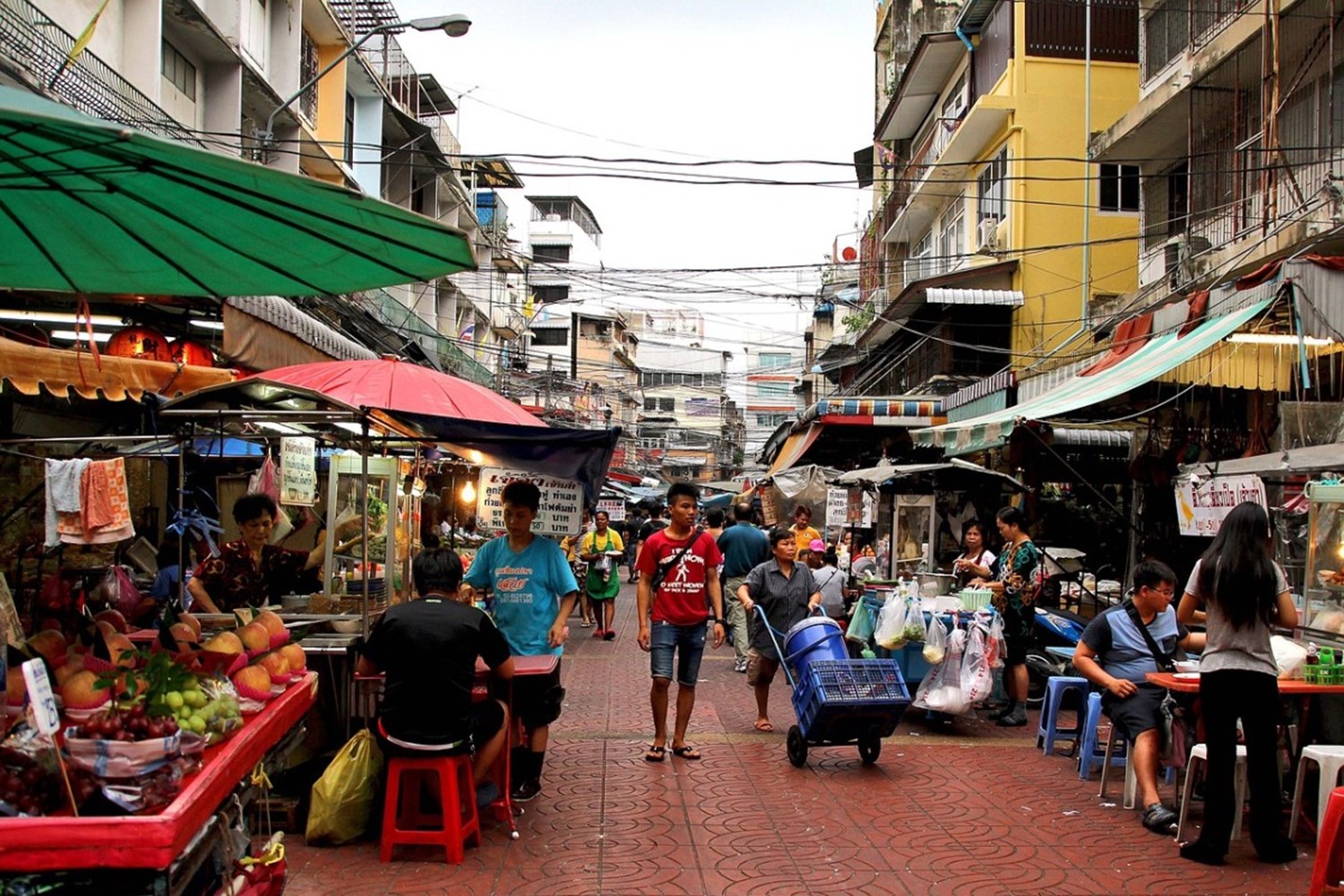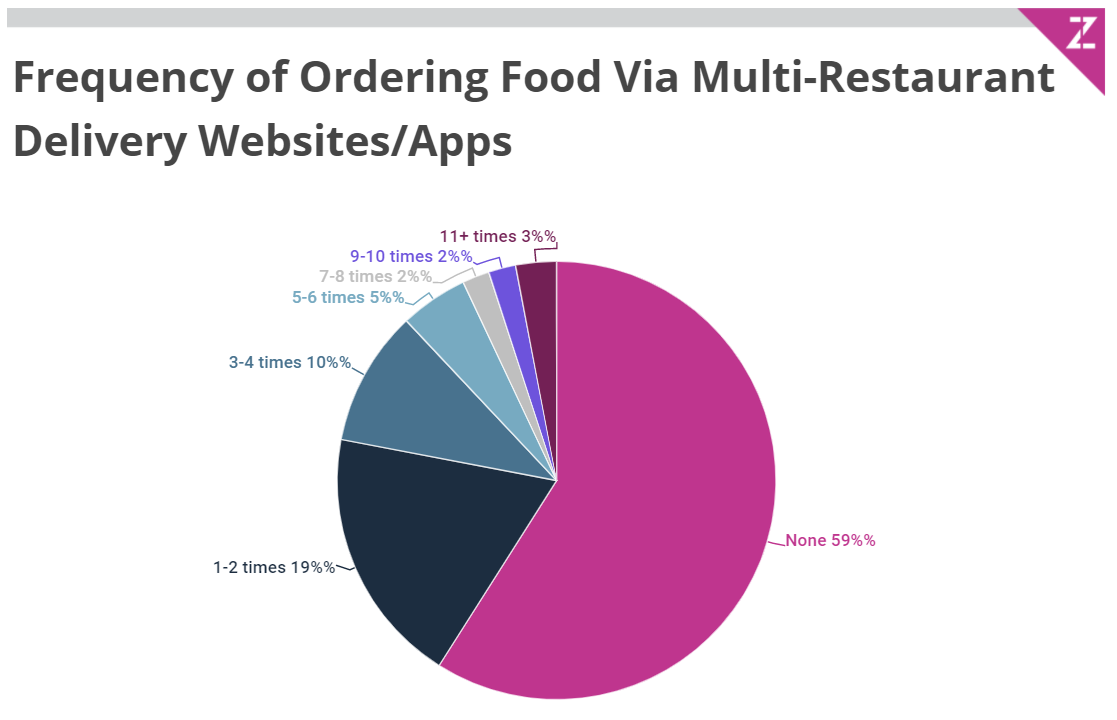
Investment bank UBS forecast delivery sales could rise an annual average of more than 20% to $365 billion worldwide by 2030, from $35 billion. UBS wrote that online business models that have disrupted sectors from retail to taxi industries are now doing the same thing to supermarkets and restaurants. The biggest attention grabber of the study isn’t the fact that restaurants from McDonald’s to Buffalo Wild Wings are hot on delivery and have signed on with apps like Uber Eats. Instead, it’s this picture UBS painted: “There could be a scenario where by 2030 most meals currently cooked at home are instead ordered online and delivered from either restaurants or central kitchens.”
Cost of production of a “professionally cooked and delivered meal could approach the cost of home-cooked food, or beat it when time is factored in.” If that happens on a mass scale, supermarkets and others in the traditional food retail spaces could be hurt. If kitchens become increasingly “underutilized,” the bigger implications could even include more homes being designed without kitchens, or with much smaller ones. More apartments and living arrangements such as WeWork’s WeLive could expand to respond to the desires of millennials who want to live alone.
Meal-kit companies Blue Apron and Hello Fresh were ranked among the top five most visited subscription box sites in the U.S. in April. Almost four-fifths of Americans overall said they cooked from scratch one to two times per week in 2017, compared with 70% in 2015. As for millennials, Mintel said its study showed 80% cooking from scratch at least occasionally in 2017.

Auto309
Food Delivery Apps: Usage and Demographics — Winners, Losers and Laggards
Millennials Are Ordering More Food Delivery, But Are They Killing The Kitchen, Too?